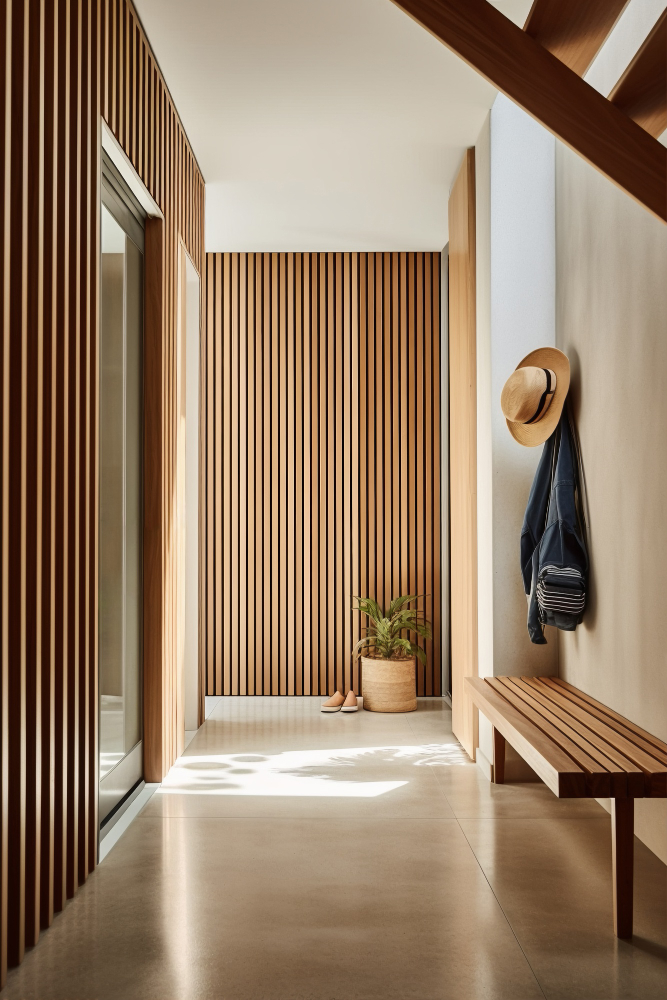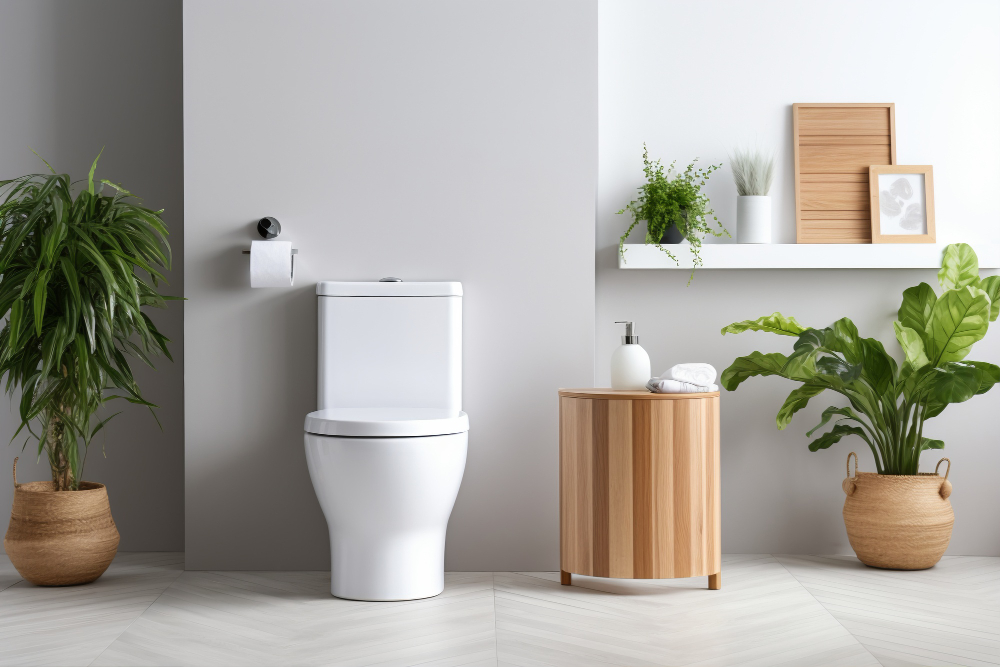Last updated on
In a world increasingly focused on sustainability and environmental responsibility, it’s no surprise that these principles are extending to the realm of home remodeling. Sustainable home remodeling not only benefits the planet by reducing waste and energy consumption but also offers homeowners the opportunity to create healthier, more efficient living spaces.
This article will explore six key ways to incorporate sustainable practices into your home remodeling project.
Choose Eco-friendly Building Materials

The selection of building materials is a critical aspect of sustainable home remodeling. Opt for materials that are eco-friendly and have a minimal impact on the environment. Even in choosing a bolt or screw, consider their environmental impact. Some options to consider include:
- Bamboo: Bamboo is a rapidly renewable resource and a sustainable alternative to traditional hardwoods. It’s commonly used for flooring, cabinetry, and countertops.
- Recycled and Reclaimed Wood: Using recycled or reclaimed wood reduces the need for fresh timber, helping to preserve forests and minimize waste.
- Low VOC Paints: Volatile organic compounds (VOCs) are harmful chemicals in many paints. Low VOC or VOC-free paints are healthier and more eco-friendly for your remodeling project.
- Recycled Glass Countertops: These are made from recycled glass and concrete, providing a stylish and sustainable option for your kitchen or bathroom.
- Cork Flooring: Cork is comfortable underfoot and provides natural insulation.
- Sustainable Insulation: Opt for insulation materials made from recycled or renewable sources, such as recycled denim or wool insulation.
Energy-efficient Lighting

LED lighting produces less heat, reducing cooling costs. CFLs are another energy-efficient alternative to incandescent bulbs. They are readily available in various shapes and sizes to fit different fixtures. Install intelligent lighting systems that allow you to control lighting remotely and set schedules for optimal energy use.
Maximize natural light in your home by strategically placing windows, skylights, and solar tubes. This not only reduces the need for artificial lighting but also improves the ambiance of your living space.
Water-efficient Fixtures

Water conservation helps reduce water waste and lowers utility bills. Replace older, water-guzzling toilets with low-flow or dual-flush models that use significantly less water for flushing. Install water-saving shower heads that maintain water pressure while using less water per minute. These fixtures can save a substantial amount of water over time.
Replace traditional faucets with low-flow or aerated faucets that mix air with water, reducing the overall flow while maintaining performance. Collect rainwater from your roof using rain barrels. This harvested rainwater can be used for watering plants and gardens, reducing the demand for municipal water supplies.
Energy-efficient Appliances

As you embark on your home remodeling project, consider upgrading to energy-efficient appliances. These appliances use less energy, which not only lowers your energy bills but also reduces your carbon footprint. Look for the ENERGY STAR label, signifying that the appliance meets specific energy efficiency standards.
Passive Solar Design
When remodeling your home, consider implementing passive solar design principles:
- Southern Exposure: Design your home with more windows and glazing on the south-facing side to capture sunlight during the day. You can also use overhangs to block direct sunlight in the summer when the sun is higher in the sky.
- Thermal Mass: Incorporate thermal mass materials like concrete or tile to store and release heat slowly. This helps regulate indoor temperatures and reduces the need for heating and cooling.
- Natural Ventilation: Create cross-ventilation pathways in your home by strategically placing windows and vents to promote airflow. This can help regulate indoor temperatures and reduce the need for air conditioning.
- Green Roof: Consider installing a green roof on part of your home. Green roofs are covered with vegetation and provide insulation, reduce stormwater runoff, and lower cooling costs.
Waste Reduction and Recycling
Minimizing construction waste and recycling materials during your remodeling project is a sustainable practice that not only benefits the environment but also helps lower disposal costs. Instead of demolition, consider deconstruction, which involves carefully dismantling and salvaging materials for reuse.
This can include salvaging lumber, doors, windows, and fixtures. Find local recycling centers that accept construction and demolition materials, such as concrete, wood, and metal. Make arrangements to deliver these materials to be recycled appropriately.
Get creative and find ways to reuse or recycle materials from your project. Old doors can become headboards; reclaimed wood can be turned into furniture, and salvaged fixtures can find new life in your home.
Sustainable home remodeling is not only about making environmentally responsible choices but also about creating a healthier and more energy-efficient living space for you and your family.
By choosing eco-friendly materials, implementing energy and water-saving fixtures, and incorporating sustainable design principles, you can reduce your environmental impact and enjoy the benefits of a more sustainable, comfortable, and cost-efficient home.
Whether you’re remodeling your kitchen, bathroom, or entire house, sustainable practices should be at the forefront of your project to create a space that is both beautiful and environmentally responsible.
Table of Contents




